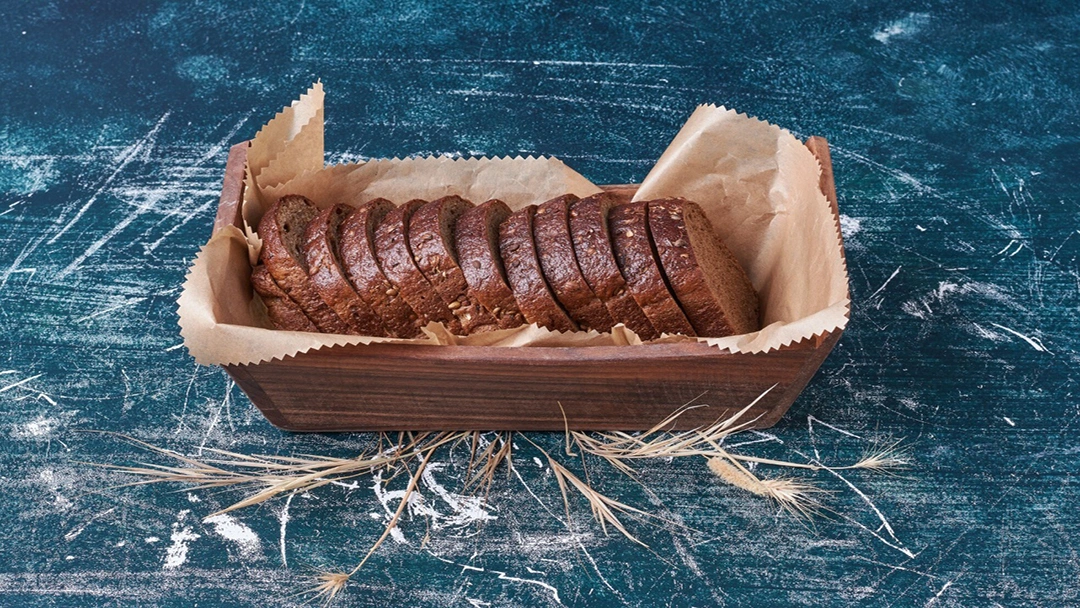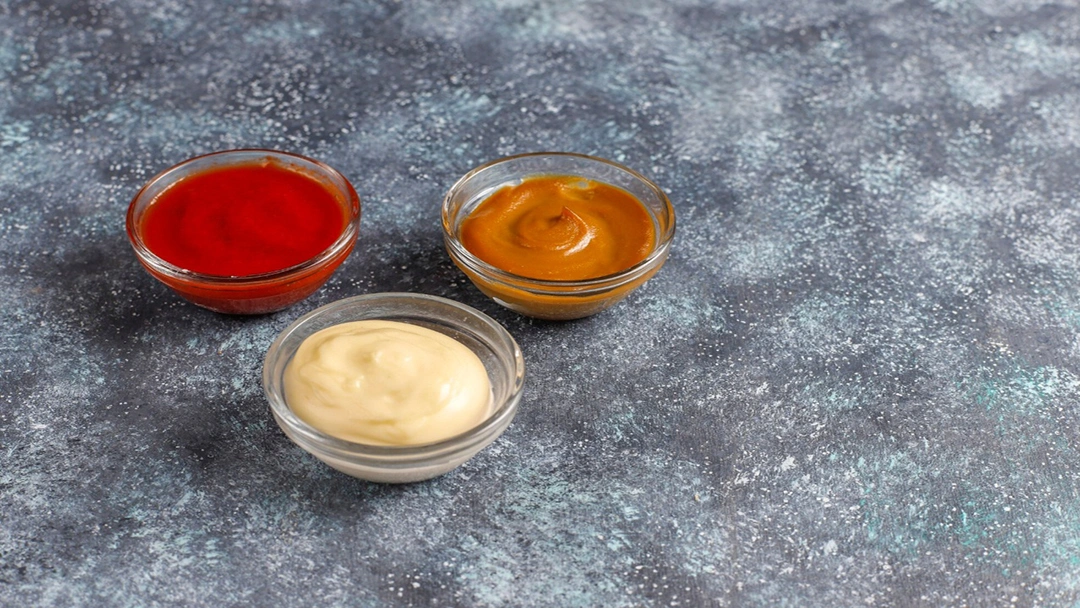Symptoms of Overeating Oxalates
The difficult part of dealing with oxalates is that there are no clear symptoms, and sometimes the inflammation can be asymptomatic.
However, if you feel any of the symptoms below, it might be best to follow a meat-only lifestyle to heal.
- Brain fog
- Fatigue
- Anxiety
- Depression
- Pain
- Recurring kidney stones
- Poor circulation
- Swollen joints
- Gum inflammation
Since it is difficult to decide whether the symptoms are due to overeating oxalates or not, it is best to avoid or minimize high-oxalate foods.
Learn More: Goal-Based Carnivore Diet Meal Plan PDF + Variations
[cta-meetings]
High Oxalate Foods
Foods high in oxalates are concentrated plant foods, especially when eaten raw or in large quantities. Cooking methods such as boiling can significantly reduce the oxalate content by 30-50%, especially in leafy greens.
The table below shows the high-oxalate foods. Those labeled “very high” in oxalates are limited or avoided in a low-oxalate diet, especially for those with a history of calcium oxalate kidney stones.
Oxalate values are shown per 100 grams of food unless mentioned otherwise.
People prone to kidney stones do not necessarily have to eliminate these foods, but can benefit from eating less of these foods and maintaining proper mineral balance.
Additionally, these individuals or almost all people can consume the following low-oxalate foods instead of these risky food sources.
Learn More: Can I Have Alcohol on Carnivore Diet? What and How Much?
[cta-meal-plan]
Low Oxalate Foods
Consuming low-oxalate foods is good for everybody, especially for people who are dealing with recurrent kidney stones or hyperoxaluria. Oxalate level classification includes:
- Low-oxalate: <10 mg per serving
- Moderate-oxalate: 10-50 mg per serving
- High-oxalate: 50-200 mg per serving
- Very high-oxalate: >200 mg per serving
According to this classification, we can consider the following vegetables and fruits low in oxalates. Oxalate values are shown per 100 grams of raw food unless noted otherwise.
Low-oxalate fruits are generally recommended because they provide hydration, fiber, and antioxidants without significantly increasing oxalate load.
However, consult your dietitian or healthcare specialist for personalized advice based on your health, diet, and goals.
In addition to consuming low-oxalate foods, you can learn how to flush oxalates from body.
Learn More: 20 Best Carnivore Soup Recipes + Tips and Benefits
How to Flush Oxalates from Body Using a Carnivore Diet?
If you are not already following a Carnivore Diet Meal Plan, I'd highly recommend giving it a try. If done right and with minimal cheating, you will get great results!
The Carnivore Det can help you flush oxalates by avoiding irritants and inflammatory plant-based foods and consuming high-quality animal-based products, especially meat.
On this low-carb, animal-based diet, you need to avoid all plant matter from your meals, including fruit juices, smoothies, and drinks made with leafy greens like kale or spinach, because they contain high concentrations of oxalates.
A meat-only diet like Carnivore is highly nutritious and extremely low in inflammation and toxins. This is because when you are eating nothing but meat and animal fat, you are consuming fewer vegetables, fruits, nuts, and seeds, which are the main sources of oxalates [2].
When you remove other major sources of toxins from your diet, then there is not much left to be excreted through your body.
[cta-gocarnivore-plans]
And since there is no need for your body to expel these excess metabolites anymore, they can just sit in your system until they leave on their own accord or get absorbed by other nutrients like vitamin C or magnesium.
You can learn more about the Carnivore Diet and Carnivore Diet Results.
In addition to going on a Carnivore Diet, you can use the techniques below to flush oxalates from your body.
Learn More: 30-Day Carnivore Diet Meal Plan PDF (Downloadable File)
Drink Plenty of Water
Drinking plenty of water can increase the speed at which oxalates are removed from the body through the urine.
Consume More Calcium
Calcium can bind to oxalates in the intestines, preventing them from being absorbed into the bloodstream.
Limit High-Oxalate Foods
Limiting foods that are high in oxalates, such as spinach, beets, rhubarb, nuts, and chocolate, can help reduce oxalate levels in the body and prevent more oxalatefrom entering your body.
Consume More Magnesium
Magnesium can help reduce oxalate absorption in the gut.
Learn More: Is Lamb Healthier than Beef for Keto and Carnivore Diets?
[cta-meetings]






























